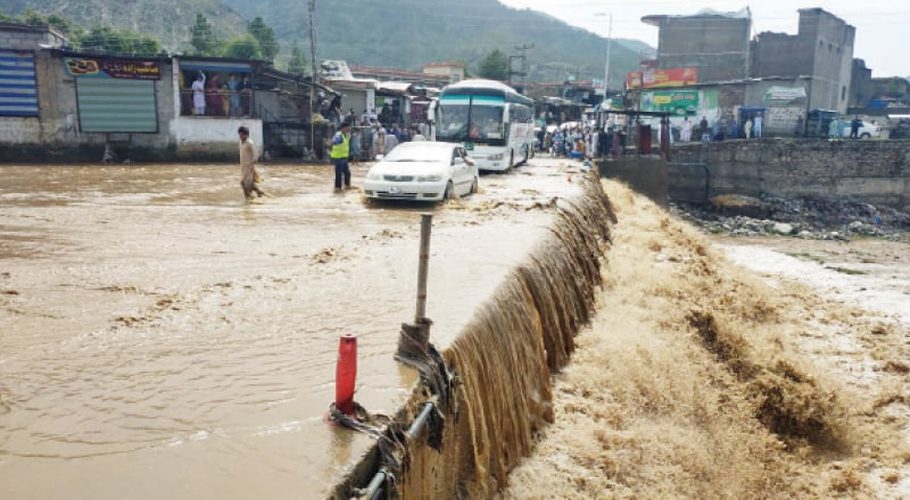Tehran appears to have strategically chosen to cross a threshold, as reports suggest that Iran has resumed enhanced uranium enrichment, bringing it within months of potentially developing a nuclear bomb. Despite assurances that its nuclear program is not weapon-oriented, the blame for disrupting ongoing diplomatic progress with its ideological adversary rests squarely on the United States.
The rupture in talks, which could have led to lasting bilateral peace and a logical resolution of enrichment activities, is attributed to Washington’s actions.
The P5+1 deal with Iran, hailed as a significant international agreement in a divided landscape, had been confirmed multiple times by the International Atomic Energy Agency (IAEA) as Tehran’s commitment to it. The recent downturn seems to be a result of diplomatic snubs and the looming specter of a Middle East war, exacerbated by the U.S. unilaterally withdrawing from non-proliferation talks.
President Biden should acknowledge these factors and return to the negotiation table rather than capitalizing on the fear of an ‘Islamic’ bomb. Tehran, too, would be wise to clarify its position and subject its atomic facilities to thorough inspections to dispel circulating conspiracy theories.
The resurgence of Uranium-235 in the headlines is an alarming development, and it’s crucial to dispel any misleading signals. The region is on the brink of escalated conflict between Gaza and Israel, and Iran, as a potent player with influence over militias, could be misunderstood. Tehran’s decision to lift restrictions aims to highlight perceived discrimination against it by the West.
The U.S. and IAEA must respond appropriately, initiating a comprehensive two-way dialogue. The Natanz plant should revert to a downgraded module, and the landmark 2015 rapprochement deal between Iran and the U.S. should endure.






























